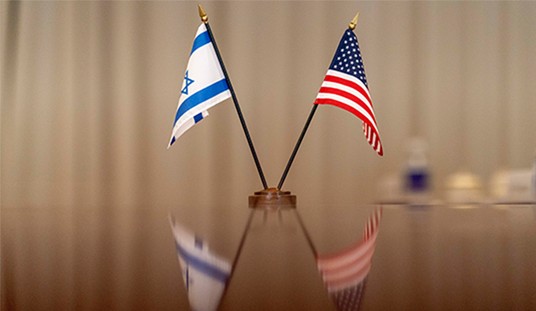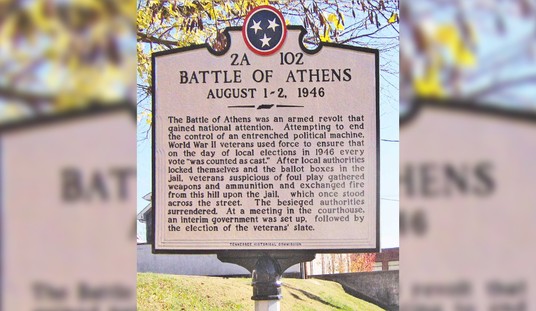Today marks the 70th anniversary of the infamous Wannsee Conference, in which Nazi Germany put the mechanisms into play that created what they euphemistically called the Final Solution. The Daily Mail reports:
The surroundings were utterly civilised – a villa overlooking a popular beach in Berlin.
The participants, enjoying gourmet cuisine and fine wines and discussing art and culture during breaks from business, appeared as ordinary and harmless as councillors at an average town hall meeting.
But the outcome of the infamous Wannsee Conference on January 20, 1942 – 70 years ago today – was previously unimagined barbarity.
In just two hours, 15 politicians and administrators of the Nazi state sealed the fate of more than 10 million people.
Here “The Final Solution of the Jewish Question in Europe” was determined.
These men, under the direction of SS General Reinhard Heydrich and his Jewish affairs expert Adolf Eichmann, decided how to exterminate all of Europe’s Jews.
This systematic, industrialised genocide ran alongside the slaughter of gypsies, homosexuals, the disabled, prisoners of war and other enemies of the Nazis.
Today the victims will be remembered at ceremonies around the world – from the USA, to Israel and, of course, in Germany.
Back in 2000, HBO produced a superb — and appropriately chilling — TV movie recreating the conference, starring Kenneth Branagh and Stanley Tucci, and a dozen or so mostly British character actors. I reviewed it a couple of years later at Blogcritics. If you ever get a chance, don’t miss it; it’s also worth watching to see where half the cast of Tom Cruise’s recent WWII potboiler Valkyrie originally appeared. (The other half came from here), along with an early appearance from Colin Firth in a supporting role, who would star a decade later in The King’s Speech.
It’s worth placing the conference into some perspective, however. It wasn’t a debate at all, so much as a fait accompli, as Heydrich and Eichmann presented their marching orders to all assembled. And it built on nearly a decade of earlier murders, as this recent New York Times article on “The First Killings of the Holocaust” notes:
The extermination of European Jews may have been formally outlined seven decades ago this month, but it began nearly nine years earlier, during Easter Week 1933, a few minutes after five o’clock in the afternoon on Wednesday, April 12, when four Jews — Arthur Kahn, Ernst Goldmann, Rudolf Benario and Erwin Kahn — were executed in precisely that order at a Nazi camp in the obscure Bavarian hamlet of Prittlbach.
These four killings framed the constituent parts of the genocidal process formalized at the Wannsee Conference: intentionality, chain-of-command, selection, execution. In the years to come, the process was refined, the numbers expanded monstrously, but the essential elements remained.
Even Prittlbach retained its central role. The hamlet was so small that the Nazis named their camp after the neighboring town of Dachau, which had access to a rail line. The boxcars rolled into Dachau, but the victims were marched to Prittlbach.
The Konzentrationslager Dachau in Prittlbach became the prototype for Nazi atrocity. It boasted the first crematory oven, the first gas chamber, and, on that sun-splashed spring day in April 1933, the first Jewish victims.
A Holocaust survivor once told me, and repeated to many others with equal conviction, that the trail of blood that began in Dachau ultimately led to Auschwitz. But it also almost ended there before it barely began.
Read the whole thing.










Join the conversation as a VIP Member